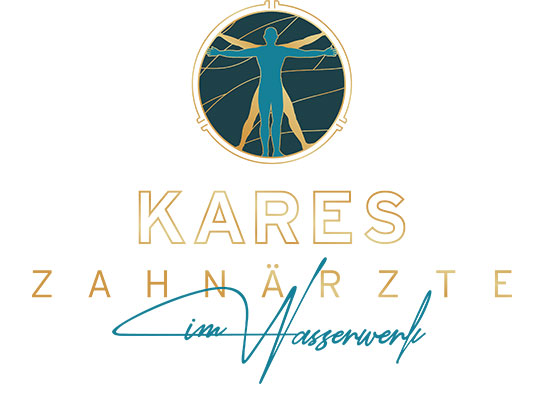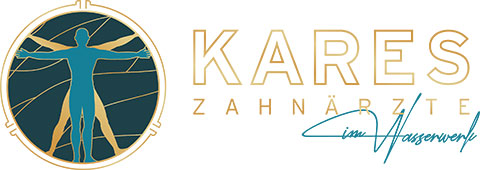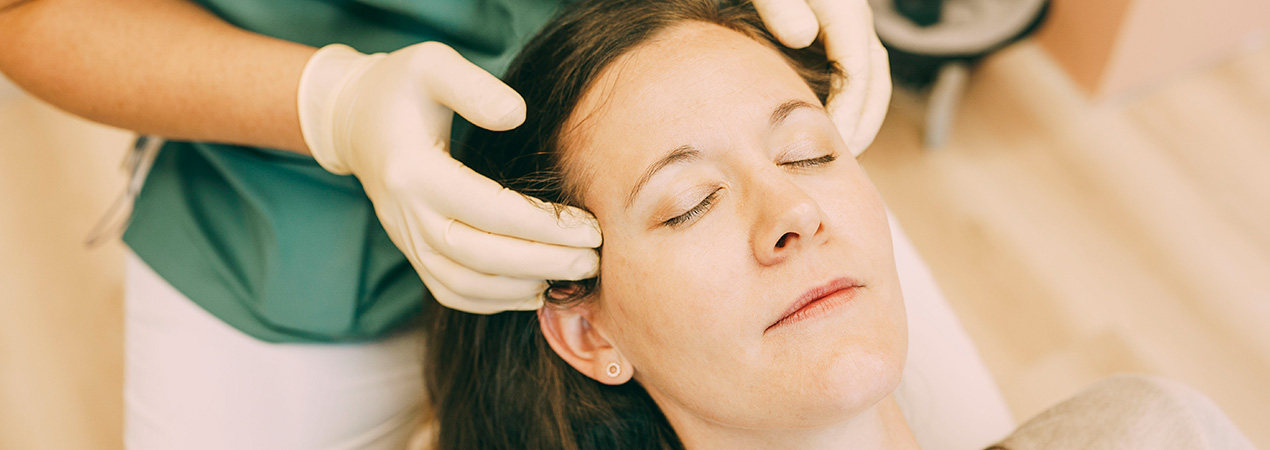Snoring and Sleep Apnea
We are dental specialists for snoring and sleep apnea within our sleep medicine network featuring specialists in neurology, ear, nose and throat medicine, phoniatrics and pneumology.
- Who suffers from snoring and obstructive sleep apnea?
- Causes of Snoring and Sleep Apnea
- Signs of Obstructive Sleep Apnea that is Detrimental to Your Health
- How can a dentist help?
- How can the efficacy of an oral appliance (OA) be tested?
- Side Effects and Complications Associated with Wearing an Oral Appliance
- Jaw Exercises for Reducing Side Effects and Complications Associated with Wearing an OA
- Positionspapier der Deutschen Gesellschaft Zahnärztliche Zahnmedizin
- Sleeping Disorders in Children and Adolescents
Who suffers from snoring and obstructive sleep apnea?
Snoring and sleep apnea are sleep-related breathing disorders. Approx. 60% of all men and 40% of all women snore as they grow older. Only around 30% of all children snore. Severe snoring can lead to reduced oxygenation and in turn disrupt sleep (obstructive sleep apnea). Obstructive sleep apnea, which is pathological, affects around 2% to 4% of the population, involving men in particular.
Unfortunately, this nighttime disruption is often a taboo topic in our society and is dismissed or ignored. After all, who enjoys admitting that they snore loudly? On the other hand, respiratory disorders can severely affect one’s physical integrity and social life.
Sources:
1) S2k-Leitlinie Diagnostik und Therapie des Schnarchens des Erwachsenen der Deutschen Gesellschaft für Hals-Nasen-Ohren-Heilkunde, Kopf- und Hals-Chirurgie (2013).
2) S3-Leitlinie Nicht erholsamer Schlaf/Schlafstörungen der Deutschen Gesellschaft für Schlafforschung und Schlafmedizin (2009).
Causes of Snoring and Sleep Apnea
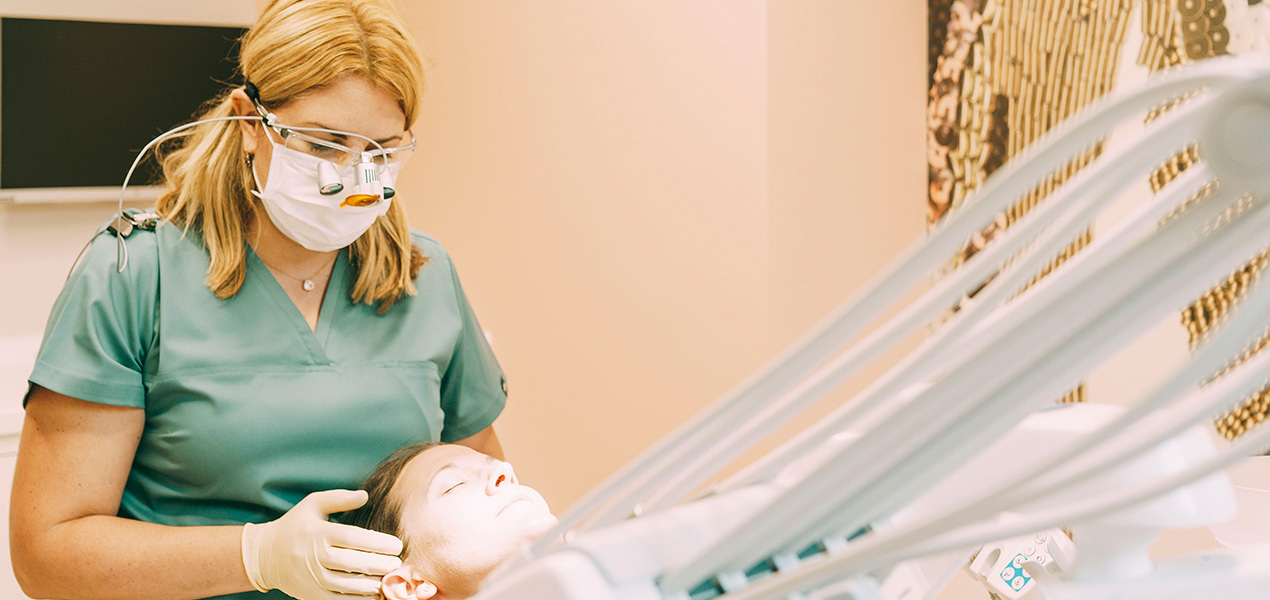
Sleep-related breathing disorders are primarily caused by constrictions in the area of the nose or pharynx that obstruct the free flow of air. This can cause the typical noises during snoring in which the soft palate, base of the tongue, and posterior pharyngeal wall begin to vibrate. This vibration irritates the soft tissue and usually leads to further swelling and even greater restriction of breathing. If the breathing is completely blocked, this is referred to as “obstructive sleep apnea”, which is an episode of total obstruction with paused breathing (apnea) lasting more than one minute.
Risk factors
The following factors can promote obstructive sleep apnea:1,2
- Obesity (BMI>30 kg/m2)
- Narrow airways (tonsils, adenoids, large neck circumference)
- Male
- Drinking alcohol before going to bed
- Eating large meals before going to bed
- Sleep medication and muscle relaxants
- Smoking
- Irregular sleeping hours (shift work)
Sources:
1) The Classification of Sleep Disorders – Third Edition (ICSD-3) 2014
2) S3-Leitlinie Nicht erholsamer Schlaf/Schlafstörungen der Deutschen Gesellschaft für Schlafforschung und Schlafmedizin (2009).
Signs of Obstructive Sleep Apnea that is Detrimental to Your Health
A wide range of symptoms provide clear signs of pathological sleep-related breathing disorders such as obstructive sleep apnea:1,2
1. Loud, irregular snoring
2. Breathing pauses during sleep
3. Increased daytime sleepiness with the urge to fall asleep during the day
The following additional symptoms may be associated with sleep apnea:
+ reduced physical and mental performance
+ difficulty concentrating, nervousness
+ high blood pressure and other cardiovascular disorders
+ headache and sore throat in the morning
+ night sweats
+ depressed mood and apathy
+ loss of libido, impotence
+ type 2 diabetes
+ increased accident-proneness
+ bed-wetting in children
+ etc.
Sources:
1) S3-Leitlinie Nicht erholsamer Schlaf/Schlafstörungen der Deutschen Gesellschaft für Schlafforschung und Schlafmedizin (2009).
2) Randerath WJ et al. (2014): Consensus paper on the diagnosis and Treatment of sleep disordered breathing. Pneumologie.
How can a dentist help?
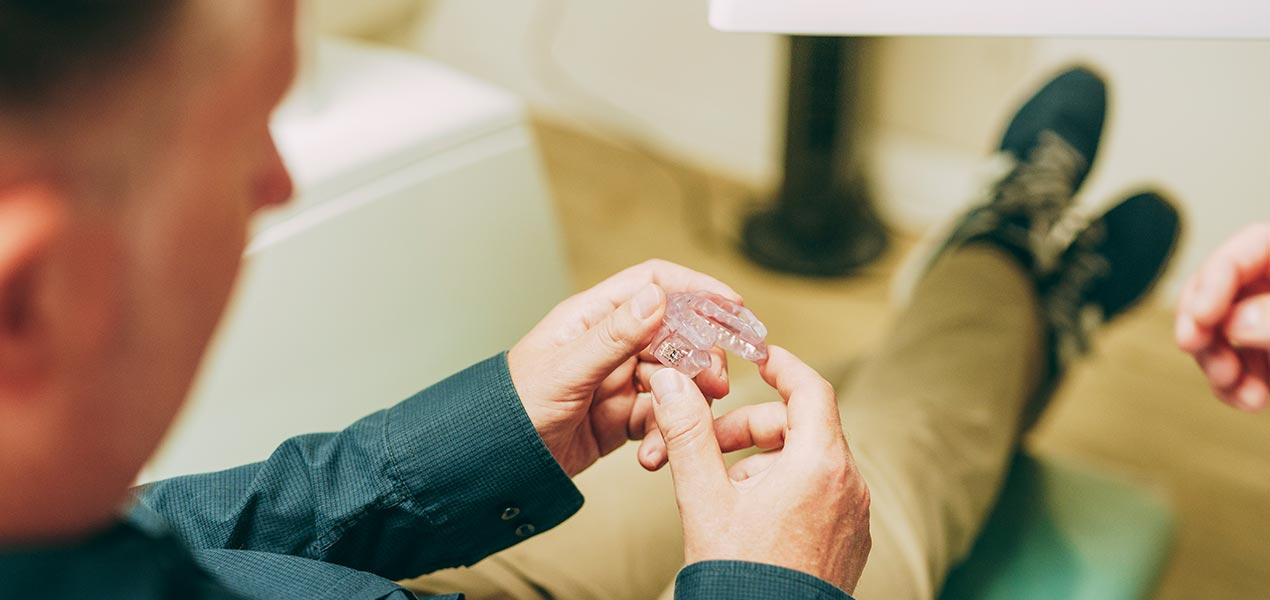
For patients who snore and have mild to moderate sleep apnea, an oral appliance fabricated by a dentist may be helpful.1
These “anti-snoring devices” push the lower jaw forward and hold it in place, which keeps the airways open. The degree to which the lower jaw is moved forward should be individually adjusted by a dentist depending on the severity of the apnea and taking a number of other factors into account. Devices are recommended that can be easily adjusted, including by the patient.
In many cases, not only is the snoring eliminated; breathing pauses can also be considerably reduced.
In moderate to severe cases of obstructive sleep apnea syndrome, special continuous positive pressure ventilation (CPAP mask, etc.) is recommended that ensures that a sufficient amount of oxygen reaches the lungs during sleep. When patients wear the device on a nightly basis, their quality of life is greatly restored. However, in some cases the disturbance to the patient and the patient’s partner caused by the mask and the pronounced side effects prevent the device from being used regularly and reduce the amount of time it is worn. For patients who do not tolerate these masks, an oral appliance may be used to treat the breathing disorder.
Sources:
1) S3-Leitlinie Nicht erholsamer Schlaf/Schlafstörungen der Deutschen Gesellschaft für Schlafforschung und Schlafmedizin (2009).
How can the efficacy of an oral appliance (OA) be tested?
The correct fit of the oral appliance is the basic prerequisite for the device to be effective and for side effects and complications to be kept in check. The following factors must be evaluated in order to find out whether the appliance has been properly fitted:1
1. The snoring should be reduced by 50% to 100% (interview of the partner).
2. The paused breathing and the suffocation episodes should be eliminated.
3. The daytime sleepiness should be improved (Epworth Sleepiness Scale questionnaire).
4. An objective evaluation of the efficacy based on nighttime polygraphy at home or polysomnography in a sleep laboratory is essential for confirming treatment success.
Regular dental and sleep medicine check-ups every 6 to 12 months are essential for monitoring the course of the symptoms and the operational state of the oral appliance.
Source:
1) S3-Leitlinie Nicht erholsamer Schlaf/Schlafstörungen der Deutschen Gesellschaft für Schlafforschung und Schlafmedizin (2009).
Side Effects and Complications Associated with Wearing an Oral Appliance
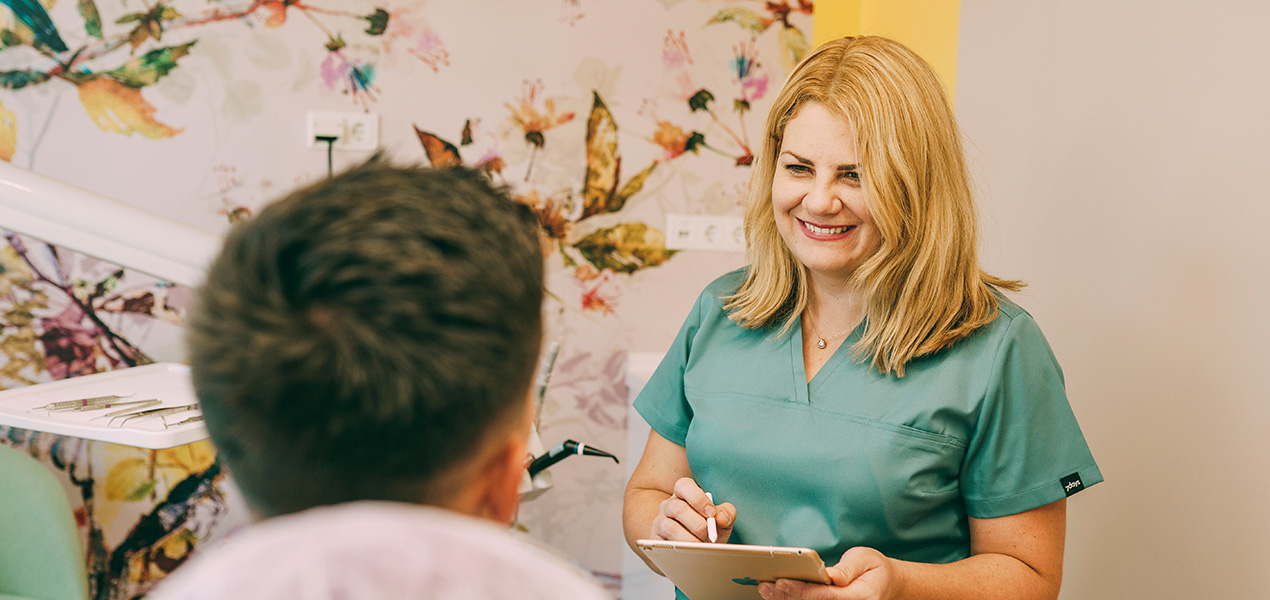
Before they are fitted with an oral appliance (OA), our patients are presented with the letter below containing important information for their informed consent. The list included in the letter is only a general recommendation and should be individually adapted to suit the patient:
Dear patient,
Today you have been fitted with an “oral appliance” to treat the “obstructive sleep apnea” and/or nighttime snoring that you have been diagnosed with. Please note the following points:
1. The appliance: This device has been individually fabricated and is attached to the upper and lower jaw. Both parts are connected by a technical element or the lower part of the appliance is outfitted with flosses, which advance the lower jaw around 5 to 12 mm and hold it in place. This keeps your airways open wider at night. Around 80% of the patients using these appliances report clear improvements in snoring and obstructive sleep apnea. At the beginning of use, the appliance must be adjusted by your dentist at follow-up visits in order to optimize the therapeutic effect.
2. Cleaning the appliance: After using the appliance, you should scrub it with a hard toothbrush and soap. Rinse and dry the appliance and store it securely in a case. Do not use denture-cleaning tablets. Use the powder provided by the manufacturer as needed. In order to prevent discoloration, do not consume food or beverages containing colorants, such as red wine, black tea, licorice, etc., before inserting the appliance.
3. Temporary side effects: When using the OA, temporary side effects may occur. These usually disappear very quickly.
+ Getting used to wearing an OA: It is normal for you to require some time to get used to wearing an OA. For this reason, the follow-up visits at the beginning are important. If you experience difficulty, start out by wearing the appliance for an hour at a time during the evening and extend the period gradually until you are able to wear it the entire night. You should not experience severe pain.
+ Dry mouth/increased salivation: At the beginning, you may experience dry mouth or increased salivation. However, these symptoms will go away on their own once you have become accustomed to wearing the device.
+ The teeth do not fit together properly in the morning: If you have the feeling that your teeth no longer fit together properly in the morning, this is normal and will go away on its own relatively quickly. If the problem persists, we recommend that you do the following exercise: Clench your teeth and hold for 2 seconds and as you do so, press your lower jaw backward with your hand. Repeat several times.
+ Feeling of tension/pain in the teeth, gums, tongue or cheeks: If you experience these symptoms from wearing the OA, it is likely that too much pressure/tension on the tissues has been created and your dentist will have to adjust the settings.
+ Feeling of tension/pain in the masticatory or head muscles or temporomandibular joints: For various reasons, over the course of treatment, you may experience tension/pain in the masticatory and head muscles or the temporomandibular joints. This is usually harmless and goes away on its own. If you perform jaw exercises with the lower jaw in the morning and the evening from the very beginning, you will minimize these side effects. If you experience tension or pain in the neck muscles, appropriate stretching and strengthening exercises supervised by a physical therapist may also be included.
+ Gagging reflex/feeling of suffocation: Some people have trouble with their gagging reflex and have panic attacks when an impression is being made or a device is inserted. This may occur for biological or psychological reasons. In most cases, these symptoms can be eliminated through a slow, controlled accustomization phase (“systematic desensitization”). If nasal breathing is restricted, it is very helpful to cut an air hole in the front part of the appliance, which allows mouth breathing. In addition, it is advisable to consult an ear, nose and throat physician to improve your nasal breathing.
+ Unpleasant taste: Sometimes the OA continues to have an unpleasant taste after a certain period of time. To prevent this, soak the appliance in cold water during the day. In most cases, the taste of plastic will disappear. Another way to eliminate the unpleasant taste is to have a technician work on the appliance to eliminate residual monomers (“post-polymerization”).
+ Loosening of dental crowns, fillings or dentures: The tight fit of the oral appliance can cause fillings, crowns or dentures to loosen. In this case, the dentist will check the teeth and reattach the loosened parts.
4. Medium- and long-term side effects: Especially in cases in which the lower jaw is held in a forward position for a longer period of time (several years), for instance, in patients with severe sleep apnea, the following permanent changes to the teeth may occur: tooth movements, widening of interdental space, loss of occlusal contacts in back teeth, tooth mobility in the case of periodontal disease or reduced dentition, etc. These undesired side effects must be weighed against the positive effects on breathing, sleep, daytime sleepiness, the cardiovascular system and quality of life. This means that when considering the risks, as with any medical treatment, you as the patient and your therapist must decide whether you can accept these negative effects, since the therapeutic benefits outweigh the potential negative effects. You can minimize this risk, however, if you go to regular check-ups and enable potential corrections to be made.
5. Sleep testing after using an oral appliance: Several weeks or months after you start wearing an oral appliance, you must undergo follow-up sleep testing. This test can be administered at home (polygraphy) or at a sleep laboratory (polysomnography) depending on the severity of the disease. This is the only way to objectively assess the treatment success. Simply observing that snoring or breathing pauses no longer occur is not sufficient for assessing treatment efficacy. In addition, every patient’s sleep medicine risk profile changes over time; therefore, the treatment assessment should be carried out once a year.
6. Dental check-ups: After the accustomization phase, it is necessary to have your teeth, gums, oral mucosa, masticatory muscles, temporomandibular joints and the oral appliance checked every 6 to 12 months. This will keep side effects and complications to a minimum and extend the lifetime of the appliance. If you undergo dental treatment, e.g. teeth must be filled, crowned, extracted or replaced, the oral appliance can usually be adjusted by trimming or relining it.
7. Tips for improving your sleep hygiene: Losing weight and avoiding alcohol or sleep medication will help you improve your nighttime breathing. Not sleeping on your back can also significantly reduce snoring and sleep apnea.
Source:
1) Kares H (2015): Curriculum Zahnärztliche Schlafmedizin der DGZS.
Position Paper of the German Society of Dental Medicine
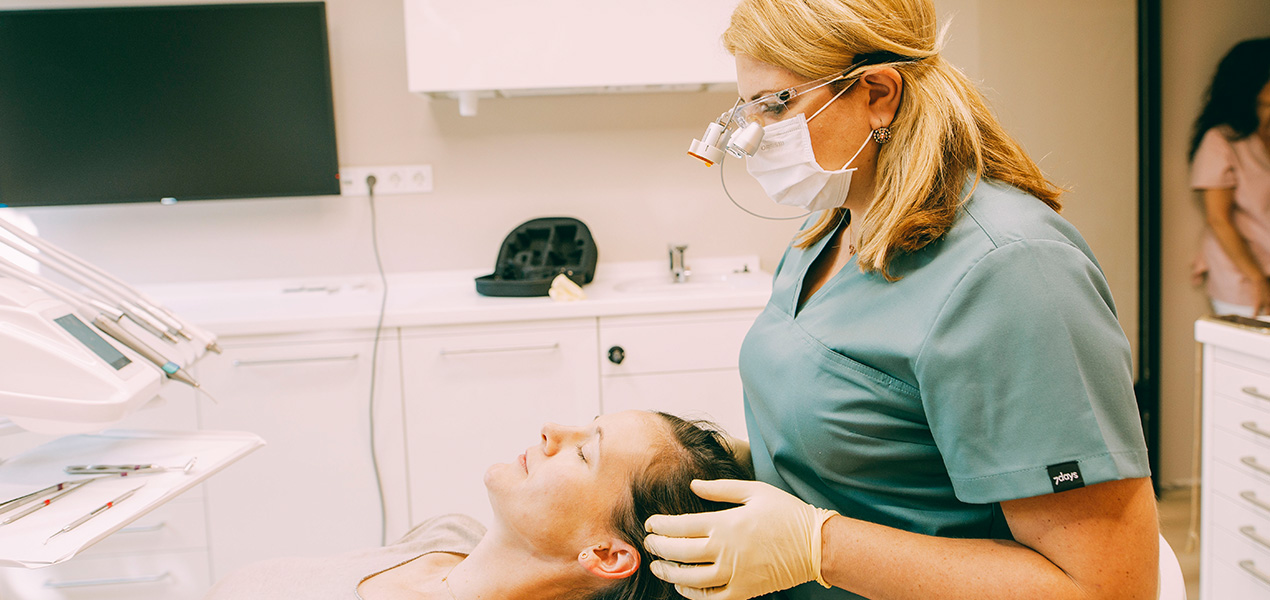
1) Definition of mandibular advancement splints for sleep-related respiratory disorders (SBAS)
A mandibular advancement splint (UPS) is an adjustable splint system which is individually made for the patient in the dental laboratory after taking an impression of the teeth and which is adapted in the upper and lower jaw. These mandibular advancement splints position the mandible, tongue and other structures forward and open the bite, thus opening the pharyngeal volume, reducing airway resistance and keeping the airways mechanically open during sleep.
2) Guidelines and indication recommendations of sleep medical societies1,2
As early as 1995, the American Society of Sleep Medicine (AASM) published recommendations for the indication and use of mandibular advancement splints for SBAS. These were expanded and refined in 2005. In 2001, the German Society for Pneumology (DGP) in cooperation with the German Society for Sleep Research and Sleep Medicine (DGSM) published the “S-2” guideline for the diagnosis and therapy of SBAS, which provides for the therapeutic option of using mandibular protrusion splints. A new description of the significance of mandibular protrusion splints was made by the “Task Force of the Apnea Working Group” in the DGSM 2006 and the S-3 guideline of the DGSM.
DGSZ recommendation for the use of protrusion splints
+ As initial therapy for
-primary snoring
-Upper Airway Resistance Syndrome,
-slight to moderate obstructive sleep apnea (AHI up to approx. 25/h) with low clinical symptoms with sufficient intraoral anchorage and a BMI up to approx. 30kg/m3.
+ For SBAS with an apnea-hypopnea index (AHI) of more than approx. 25/h, protrusion splints can be used alternatively after prior therapy with a respiratory mask (nCPAP).
+ Specific dental, oral and functional diagnostics should be performed before the use of a protrusion splint in order to check the dental requirements for permanent use.
+ Procedure in compliance with a defined inter- and intradisciplinary treatment sequence, in particular prior specialist diagnostics and subsequent therapy control of the protrusion splint.
+ Services should be provided by dentists who are trained in the field of sleep medicine.
Quellen:
1) Schwarting S et al. (2007): Position paper on the use of mandibular advancement devices in adults with sleep-related breathing disorders. Sleep and Breathing.
2) Ramar K et al.(2015): Clinical Practice Guideline for the Treatment of Obstructive Sleep Apnea and Snoring with Oral Appliance Therapy: An Update for 2015. American Academy of Sleep Medecine.
Sleeping Disorders in Children and Adolescents
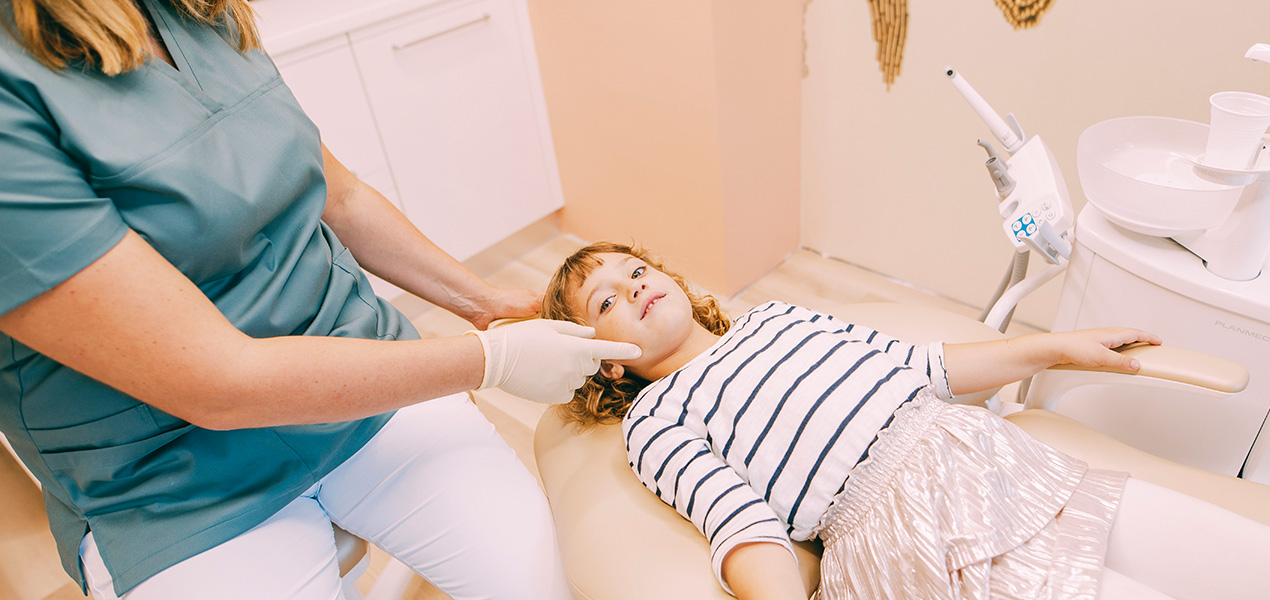
Sleeping disorders are more common than generally assumed and may be accompanied by the following symptoms:
+ Snoring (39% of children)
+ Daytime sleepiness
+ Restlessness and/or aggressive behavior
+ Difficulty concentrating
+ School problems
+ Nocturnal bed-wetting or night sweats
Common reasons for these sleeping disorders may include the following:
+ Enlarged tonsils or adenoids
+ Psychosocial problems in the family or at school
+ Excessive TV-watching
+ Lack of exercise
+ Neurological disorders
+ Constriction of the airways, e.g. undersized mandible
+ Pulmonary or cardiovascular diseases
Source:
Scholle S et al.(2005): Positionspapier der Arbeitsgruppe Pädiatrie der DGSM.
